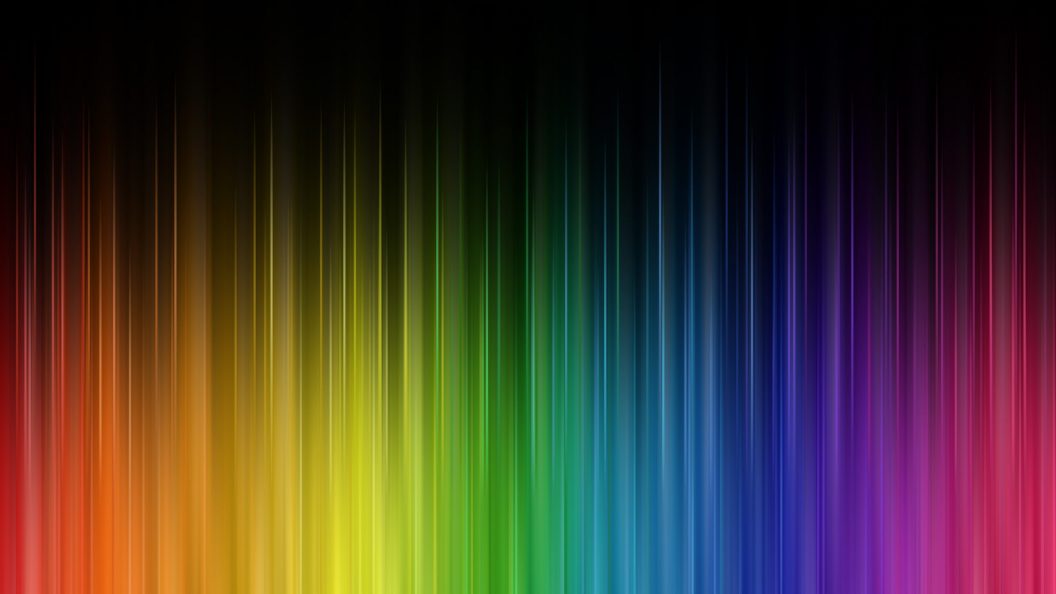
Image via Shutterstock’s Stand Up for Pride Collection. With each color symbolic of an aspect of the queer community, the Pride rainbow flag uses six colors- red, orange, yellow, green, blue, and violet. Image by contributor New Africa.įamously adopted by the LGBTQ+ community as a symbol of diversity in the 1970s, rainbow palettes are now omnipresent during gay pride events worldwide. Rainbow color palettes have been highly symbolic throughout recent history, from the rainbow icon adopted by supporters of the National Health Service in the UK during the pandemic, to the “rainbow nation” slogan given by Nelson Mandela to the newly democratic South Africa. What Is the Symbolism Behind Rainbow Schemes? Scroll down to discover ten palettes that offer a new twist on the traditional rainbow scheme-from sugar-sweet iridescents to tropical and Modernist-inspired rainbow palettes.
Discover 100s of color combinations with Shutterstock’s Color Spectrum. Rainbow palettes also usually incorporate more colors than a standard scheme, to achieve a completely multicolored effect. While traditional rainbow color schemes follow this seven-color sequence, you can also apply the rainbow principle to a variety of different palettes, giving a fresh twist on multicolored, sequential schemes.Īlternative rainbow palettes generally range from warm to cool colors, building a graduating rather than contrasting sequence. The most commonly cited sequence of colors are the seven hues identified by Isaac Newton- red, orange, yellow, green, blue, indigo, and violet-made memorable by the mnemonic Richard Of York Gave Battle In Vain ( ROYGBIV). While a rainbow features the whole spectrum of color in a smooth graduation, to the human eye, a rainbow appears to be made up of bands of color. A multicolored arc appears in the sky, showcasing a breathtaking spectrum of colored light. As there are seven natural notes there should be seven principal colors too.Rainbows are an optical illusion, a result of the reflection, refraction, and dispersion of light in water droplets. He then revised the number to seven from five by adding indigo and orange as Pythagoras believed there was a strong connection between music and color. The spectrum was originally subdivided into five colors by him (red, blue, yellow, green, and purple). Newton acknowledged the Pythagoreans theory: Why Does The Rainbow Have 7 Colours? Newton further relied on Copernicus’ work while developing his own theory of gravity. This theory was known by Copernicus, who is credited for inventing the heliocentric theory of planetary motion. Philolaus, the Pythagorean philosopher was one of the first known to propose that the earth revolved around a ‘central fire’. So, how did it apply to the rainbow? The circular route from Newton to Pythagoras: He then added that he saw it as the sum of that of spiritual and that of the material.Īs he started school, his ideas espoused and grew into the philosophy that was called Pythagoreanism that was based on mysticism and mathematics! This theory was influenced by some of the most well-known classical thinkers which included Plato and Aristotle.Īnd now we have seven days of the week, seven deadly sins, seven wonders of the world, seven liberal arts subjects, and seven dwarves. 
The observation he made showed that seven was a magical number that connected to the disparate phenomena somehow. The theory involved how the seven heavenly bodies (known about at that time) moved according to the mathematical patterns.ĭo you notice a pattern? No? Well, Pythagoras did. He is known for discovering the seven musical notes that could be easily translated into mathematical equations for which he had a theory too. He loved numbers and also loved applying them to the phenomena of the real-world. This is because of the 6th century BC and an (in)famous philosopher named Pythagoras.

Or, for those in the western cultures have been so told. But then, how many divisions should there be? Ancient Greece and the magic of seven: Why Does The Rainbow Have 7 Colours?

So here, Sir Newton decided that probably by breaking this spectrum into chunks we could easily talk about the divisions. For a rather surprising factor, it is not a distinct set of colors but a spectrum. In this visual spectrum, one can notice that each color bleeds into the neighboring color. Great! So how does Sir Isaac come into this? In the 17th century, he was one to realize that when a white light breaks apart and is looked through a prism or raindrops, it breaks into a visual colored light spectrum.







 0 kommentar(er)
0 kommentar(er)
